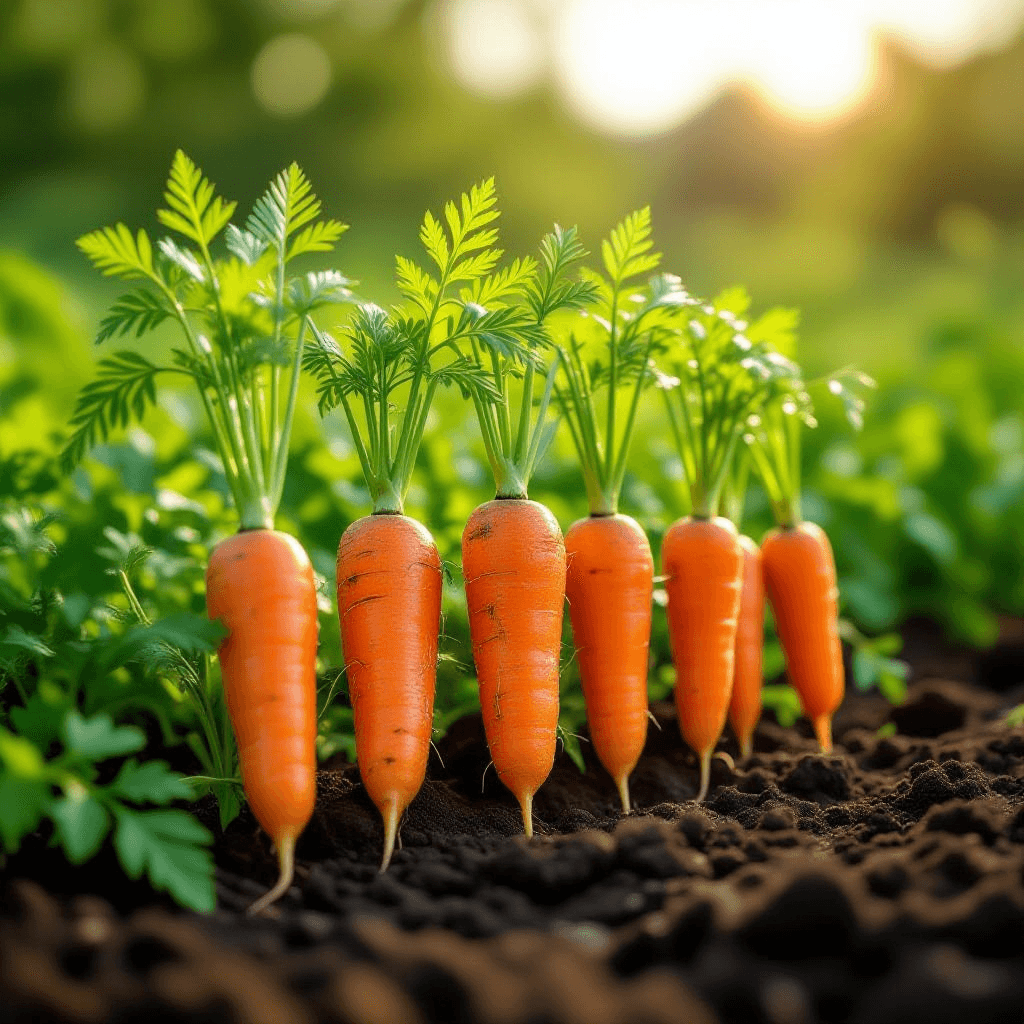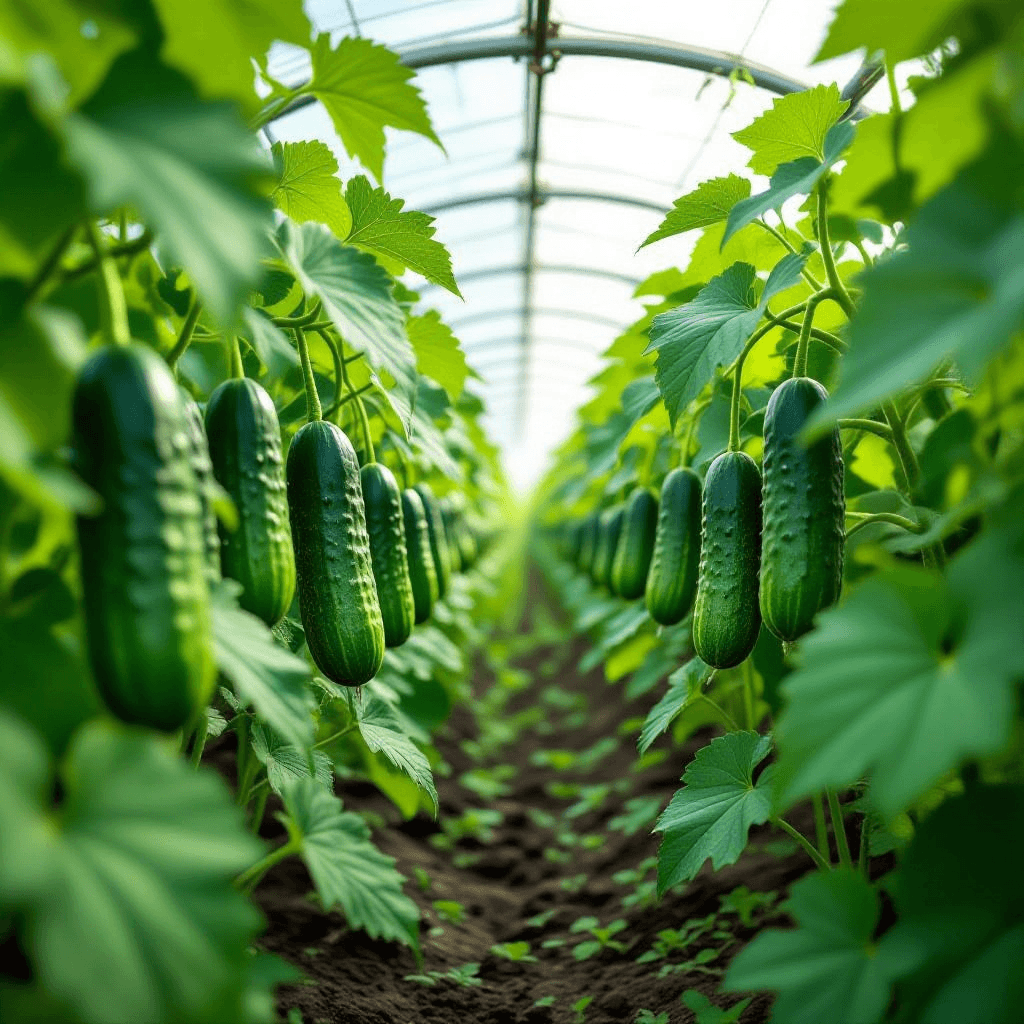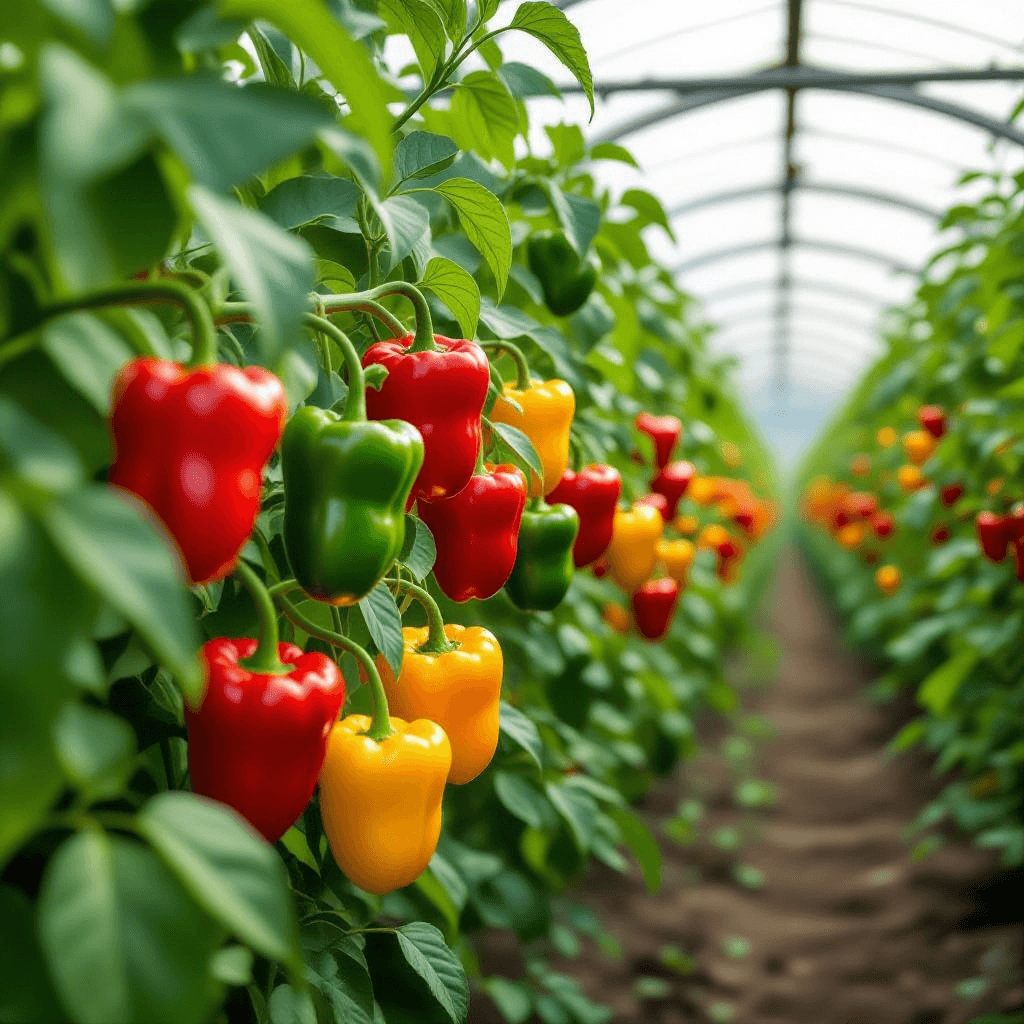Understanding Carrot Varieties and Choosing the Right One
When growing carrots in the UK, beginners should first familiarize themselves with the various types available. Carrots are generally categorized into three main groups based on their growing season: early, mid-season, and late varieties. Each of these categories offers distinct characteristics in terms of taste, texture, and growing conditions, making it essential to choose the right type for your specific gardening situation.
Early varieties, such as ‘Nantes’, are known for their sweet flavor and tender texture. These carrots are usually ready for harvest just a few months after sowing, making them ideal for gardeners looking to enjoy a quick crop. Mid-season varieties like ‘Chantenay’ grow larger and are versatile in their usage. They boast a robust flavor and can thrive in a range of conditions, making them a popular choice among UK gardeners.
Late varieties, such as ‘Autumn King’, offer a longer growing period and are harvested during the cooler months. These carrots are often denser and can withstand adverse weather, which makes them suitable for storage through winter. Understanding the growing conditions required for each variety is crucial; for instance, early varieties generally prefer well-drained soil and consistent moisture, while late types may benefit from a heavier soil texture that retains moisture well.
When selecting the right variety, consider your garden’s climate and soil type. For instance, if you have sandy soil, lighter varieties like ‘Amsterdam’ may do well, whereas heavier clay soils might be better suited for ‘Autumn King’. Additionally, obtaining seeds or seedlings is straightforward as most garden centers in the UK stock these popular carrot types. Ultimately, the right choice can result in a bountiful and satisfying harvest, enhancing your gardening experience.
Sowing Carrots: Best Practices and Timing
When it comes to sowing carrots in the UK, timing and preparation are paramount to ensuring a successful harvest. Typically, carrot seeds should be sown from mid-March to early July, depending on the region’s climate. In southern areas, sowing can commence earlier due to milder temperatures, while northern regions may require waiting until late April to avoid frost, which can damage seeds and sprouts.
Preparation of the soil is an essential step in cultivating carrots. Ideally, the site should be selected well in advance of sowing. The soil must be well-drained, loose, and free of any stones, which can hinder the development of carrot roots. Creating a fine seedbed is crucial; this can be accomplished by tilling the soil to a depth of at least 15 cm. Incorporating well-rotted compost into the top layer not only enriches the soil with nutrients but also improves its structure, promoting healthier carrot growth.
Once the soil is prepared, proper sowing techniques must be employed to optimize germination. Carrot seeds should be sown at a depth of approximately 1-2 cm. Spacing between seeds is critical; a distance of 5-10 cm should be maintained to allow ample room for root expansion. For those who are new to gardening, it may be beneficial to mix carrot seeds with sand to facilitate even distribution during sowing.
To further protect emerging seedlings from pests, consider using row covers. These lightweight fabrics shield vulnerable sprouts from insects while allowing light and moisture to penetrate. This practice can significantly increase the likelihood of successful germination and lead to healthier, more robust carrots. Following these best practices can lead to a rewarding experience in fostering a productive carrot crop in your garden.
Thinning Carrots for Optimal Growth
Thinning is a crucial step in the cultivation of carrots, particularly when growing in the UK. This process involves the careful removal of excess seedlings to prevent overcrowding within the planting area. Overcrowding can lead to competition for essential resources such as water, nutrients, and light, which ultimately affects the size and quality of the carrots at harvest time. By eliminating weaker seedlings, gardeners can enhance the growth potential of the remaining plants.
To effectively thin carrot seedlings, it is important to wait until they have developed a set of true leaves, indicating they are strong enough to withstand the process. Generally, it is advisable to thin the seedlings when they are around 10 centimeters tall, ensuring that the stronger plants have enough space to expand their root systems adequately. The ideal spacing between the remaining seedlings should be about 5 to 10 centimeters apart, which allows each carrot sufficient room to grow without competing extensively with its neighbors.
Once you have identified which seedlings to remove, gently pull them out by their leaves, taking care not to disturb the roots of the neighboring plants. Signs that thinning is needed include seedlings that appear stunted or are growing in very close proximity to one another. Not only does thinning contribute to healthier and larger carrots, but it also offers an opportunity to reuse the thinned seedlings in the kitchen. Young thinned carrots can be harvested at this stage and incorporated into salads or used as garnishes, adding fresh flavors and nutritional value to meals.
Encouraging the remaining plants to grow stronger can be achieved through proper watering and feeding. Regularly check the moisture levels in the soil, and consider applying a balanced fertilizer to support robust development. With these practices in place, successful carrot harvesting is more likely, resulting in a bountiful yield.
Harvesting Carrots: Timing and Techniques
Harvesting carrots at the right time is crucial for ensuring optimal flavor and quality. The timing largely depends on the variety of carrot and its intended use. Generally, most carrot varieties take about 70 to 80 days to mature from sowing. However, early varieties can be harvested sooner while those planted for storage may require a longer growing period. It is essential to monitor the size of the carrots, as they are typically ready to be pulled when they reach about 1 to 2 inches in diameter, depending on the type. A visual inspection of the tops can also serve as a useful guide; vibrant green foliage usually indicates healthy, mature roots below the surface.
When the time to harvest arrives, gentle techniques should be employed to avoid damaging the carrots. If the carrots are only slightly rooted, using your hands may suffice. Grasp the top of the carrot and gently pull upwards while twisting slightly to loosen it from the soil. For larger and more firmly established carrots, it is advisable to use a digging fork or trowel. Inserting the fork into the soil about a few inches away from the carrot can help lift the root more easily, resulting in minimal breakage.
Post-harvest care is equally critical for maintaining the quality of your carrots. After uprooting, it is important to brush off any excess soil without washing them, as moisture can lead to decay. Store the harvested carrots in a cool, dark place, ideally in a perforated plastic bag or a container buried in sand to retain moisture. These storage techniques can prolong the shelf life and taste of the carrots. Consumed fresh, cooked, or preserved, harvested carrots can enhance various culinary dishes and provide a delightful addition to your meals, promoting a sustainable approach to home gardening.


